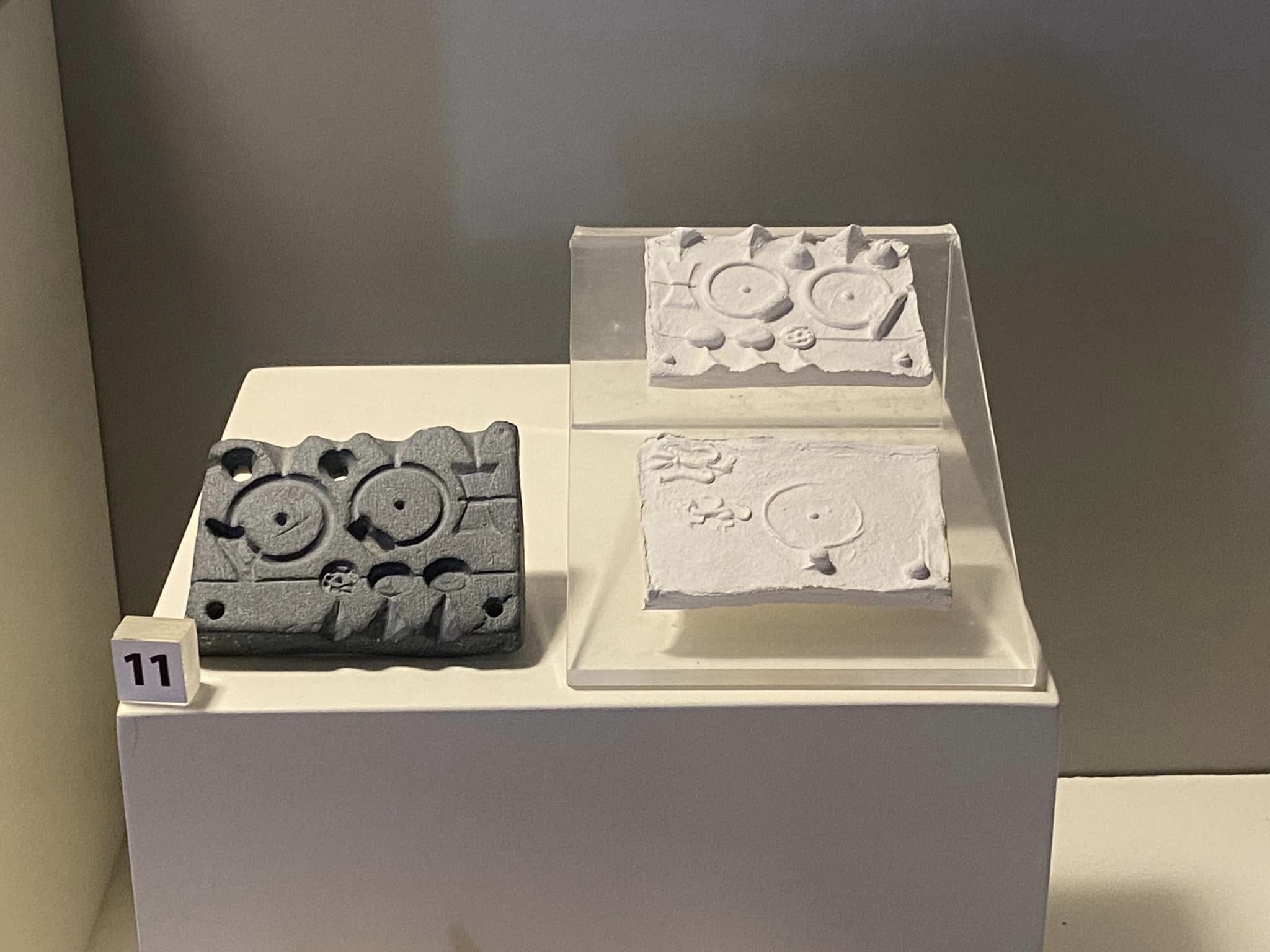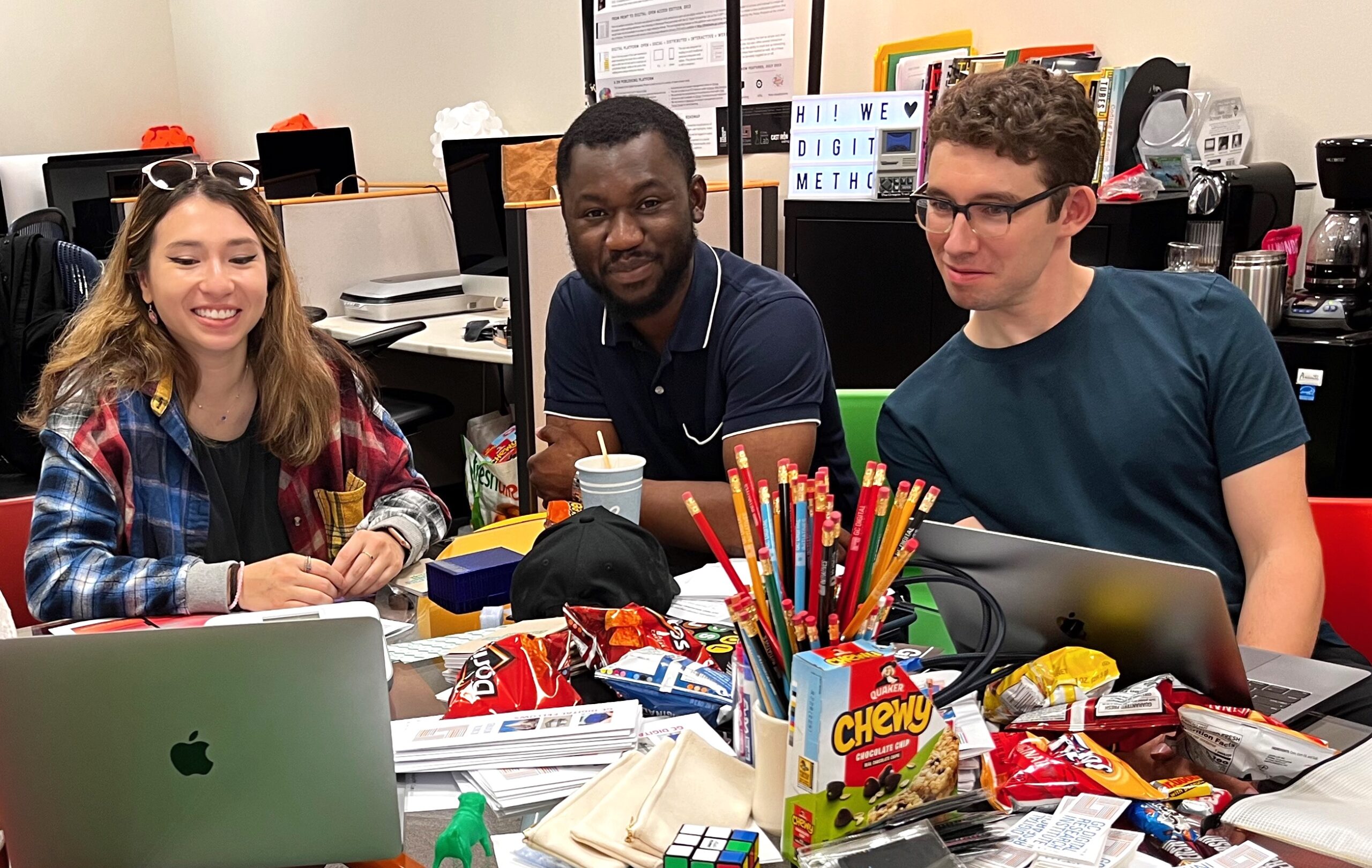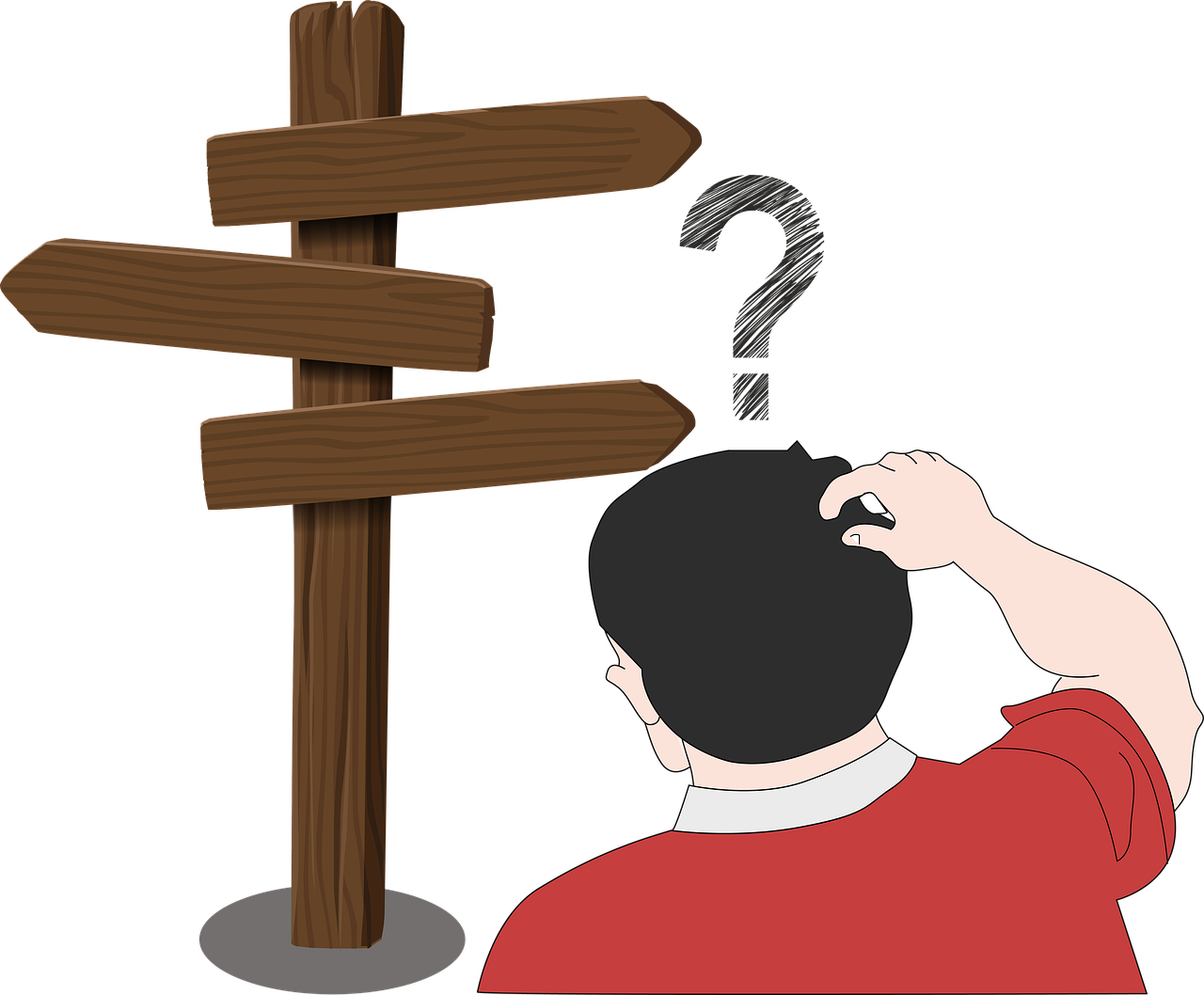
As researchers, we are often searching for new and better tools to help with data collection, sorting, and visualization. Today, there is a plethora of powerful digital tools available and it can be hard to decide which ones to use. If you find yourself overwhelmed in the face of the digital revolution, you are not alone. Hopefully this blog post can provide some guidance.
People who are at the beginning of their coding journey often wonder which of the two most popular programming languages to choose: JavaScript or Python? There are many blogs that weigh in on the pros and cons of mastering each language, but without the possession of some previous coding knowledge, it can be difficult to weigh those options. Let me make this very easy for you: learn Python.
What is Python?
Let’s start with the technical description of Python:
Python is an interpreted, object-oriented, high-level programming language with dynamic semantics. Its high-level built in data structures, combined with dynamic typing and dynamic binding, make it very attractive for Rapid Application Development, as well as for use as a scripting or glue language to connect existing components together. Python’s simple, easy to learn syntax emphasizes readability and therefore reduces the cost of program maintenance. Python supports modules and packages, which encourages program modularity and code reuse. The Python interpreter and the extensive standard library are available in source or binary form without charge for all major platforms, and can be freely distributed.
Now let’s break that down.
Here’s why you should learn Python:
1. Python is user-friendly
The language itself is considered “easy to read,” has fairly simplified syntax, and can execute complicated commands concisely. For instance, if you compare the Python and JavaScript codes below that sort through data, which looks clearer to you?
Python Code

JavaScript Code

Python also has a reputation for being easier to debug than JavaScript: a huge pro for beginners when troubleshooting code!
2. Python is versatile
It can be used for data science, artificial intelligence, machine learning, and even web development!
3. More packages and built-in functions have been developed for Python
Python has more robust libraries. Yes, libraries, something we academics can relate to! Like physical libraries, there are many different elements stored in these libraries that can help you meet your research goals. In Python, we call these elements modules. They are bits of code written by someone else that can fast-track the completion of certain tasks. You can “check out” these modules from the library by importing them into your code. As a beginner, you can quickly take advantage of high-level algorithms to retrieve, organize, and understand data. For instance, the NLTK package offers powerful tools for text analysis, such as code that will quickly identify the different parts of speech in sentences.
4. There are copious tutorials on how to use Python for your research online
The mastery of all programming languages takes a certain amount of self-guided learning, which can be made much easier if there are ample resources available online to help you. As Python is one of the most popular programming languages, you will find no shortage of tutorials walking you through a wide range of tasks in clear, step-by-step processes.
Picking up JavaScript after becoming familiar with Python is manageable: you will have to study some syntactic differences, but nothing major. Learning JavaScript is especially useful if you’d like to build a website, as it has been more thoroughly developed for use in this domain. Translating between most programming languages is sort of like translating between British English and American English: we sometimes use different words to refer to the same object, but generally speaking, we can understand each other without too much effort. Also, as programming languages evolve, new resources are being developed to help you complete a variety of projects, meaning that whichever language you choose, you will probably (eventually) be able to do more with it than you think!
If I haven’t convinced you already to choose Python as your first programming language, here are some detailed articles that can help reinforce the above arguments and enrich your understanding of the language as it compares to JavaScript:
- Python VS JavaScript – What are the Key Differences Between The Two Popular Programming Languages? (Specific Differences in Syntax)
- Python vs JavaScript: Which One is Better for Your Future? (Focus on Beginners and Possible Career Paths)
- Python VS JavaScript – What are the Key Differences Between The Two Popular Programming Languages? (Specific Differences in Syntax)
Now, go get started learning Python! Check out this great, free Intro Python course created by the GC Digital Fellows. Some other great resources to explore include DataCamp, Codecademy, and learnpython.org.
Happy coding!






